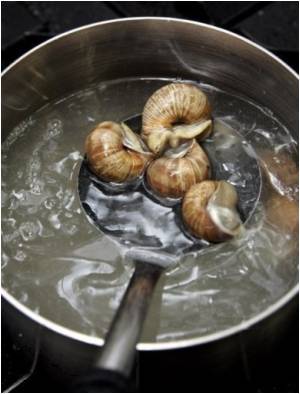
The researchers, including scientists from the Scottish Universities Environmental Research Centre (SUERC), analysed the chemistry of snail shells dating back 9,000 to 2,500 years recovered from Mediterranean caves, looking at humidity at different times in the past.
Their findings revealed that when the first farmers arrived in Italy and Spain, the western Mediterranean was not the hot dry place it is now, but warmer, wetter and stickier.
Lead researcher Dr Andre Carlo Colonese from York's Department of Archaeology and his co-authors believe that land snails have great potential as a source of information about human behaviour and palaeoclimatic conditions and therefore should be given much more attention.
Archaeological sites around the Mediterranean basin contain an abundance of land snail shell remains. The researchers selected well-preserved shells for isotopic analysis from the early to late Holocene layers, covering the Mesolithic, Neolithic, Chalcolithic and Bronze Age periods.
They looked at the oxygen and carbon isotopic compositions of the shells of Pomatias elegans (or the round-mouthed snail as it is more commonly known), comparing those found in the Iberian Peninsula sites with modern shells of the same species.
Advertisement
Their findings are reported in the journal Quaternary International.
Advertisement









